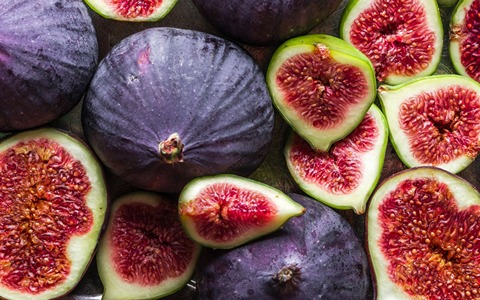Fig trees (Ficus carica) have been cultivated for thousands of years and are appreciated worldwide for their delicious and sweet-tasting fruits.
However, to ensure optimal growth and fruit production, fig growers must pay close attention to the pH levels of the soil in which these trees are planted.
PH, a measurement of soil acidity or alkalinity, plays a crucial role in the overall health and productivity of fig trees.
So, are figs bad for acid reflux?

Maintaining the ideal pH range for fig cultivation is vital because it directly affects the availability of essential nutrients to the tree's roots.
Fig trees thrive in slightly acidic to neutral soil conditions, with a preferred pH range of 6.0 to 7.5.
When the soil pH falls outside this range, various problems may arise, including nutrient deficiencies, reduced fruit yield, and increased susceptibility to pests and diseases.
Soil pH influences nutrient availability by affecting the solubility and accessibility of different elements.
In acidic soil, certain nutrients like nitrogen, phosphorus, and potassium become less available to the fig tree due to increased leaching and their reduced ability to be absorbed by the roots.

On the other hand, extremely alkaline soil can cause nutrient imbalances and hinder the tree's ability to take up essential elements.
Determining the pH of the soil is relatively straightforward, it requires testing the soil using a pH meter or a soil test kit.
These tools provide accurate measurements of the soil's acidity or alkalinity, allowing fig growers to identify any necessary adjustments.
To raise soil pH, if it is too acidic, lime or dolomite can be applied.
Conversely, to lower soil pH, if it is too alkaline, substances like sulfur or aluminum sulfate can be used.

Once the optimal pH level has been achieved, fig trees can better absorb nutrients from the soil, leading to healthier growth and increased fruit production.
Adequate levels of available nutrients allow the tree to develop strong roots and foliage, leading to better sun exposure and photosynthesis.
This, in turn, results in improved fig quality and higher yields.
Proper soil pH management is particularly crucial during the establishment phase of fig trees or when replanting.
As fig trees have a long-lived nature, it is essential to create a suitable growing environment from the start.
By ensuring the soil pH is within the preferred range, growers can provide the best possible conditions for their fig trees, promoting long-term success and productivity.

In conclusion, fig pH plays a significant role in the growth and productivity of fig trees.
Maintaining the optimal pH range of 6.0 to 7.5 enables fig trees to access essential nutrients, promoting healthier growth, higher fruit yields, and increased resistance to pests and diseases.
By carefully monitoring and adjusting soil pH as needed, growers can establish a conducive environment for fig cultivation, ensuring their trees thrive and produce exceptional fruits for years to come.
